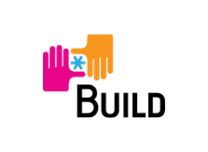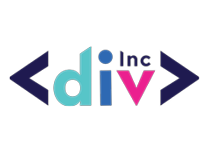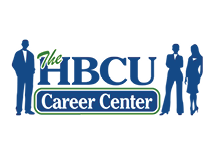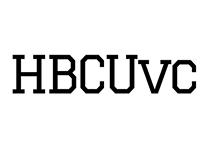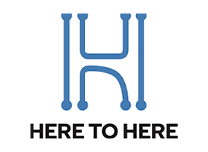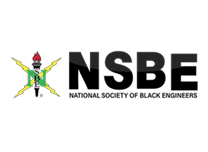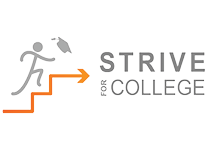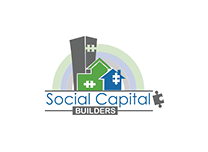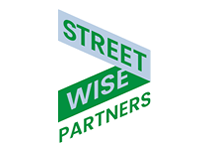80 percent were founded by or are led by a team that includes Black leaders.
MARKET SCAN
Building Professional Social Capital for Black Learners and Workers
Mapping the landscape of programs specifically designed to help Black learners and workers build professional social capital.
Get the full version sent to your inbox.
Why Professional Social Capital?
Professional social capital—the resources that arise from the web of relationships we build with those around us and that contribute to our professional goals—is a key component of anyone’s career journey. It sets us up for success in the labor market, opening doors and serving as a source of information about and access to new career opportunities. It equips us with strategies, information, and resources that help us forge connections with the people we meet in the worlds of work and learning, and then strengthen those connections and expand our networks throughout our careers. And it’s a critical, yet often overlooked, element to equitable economic advancement.
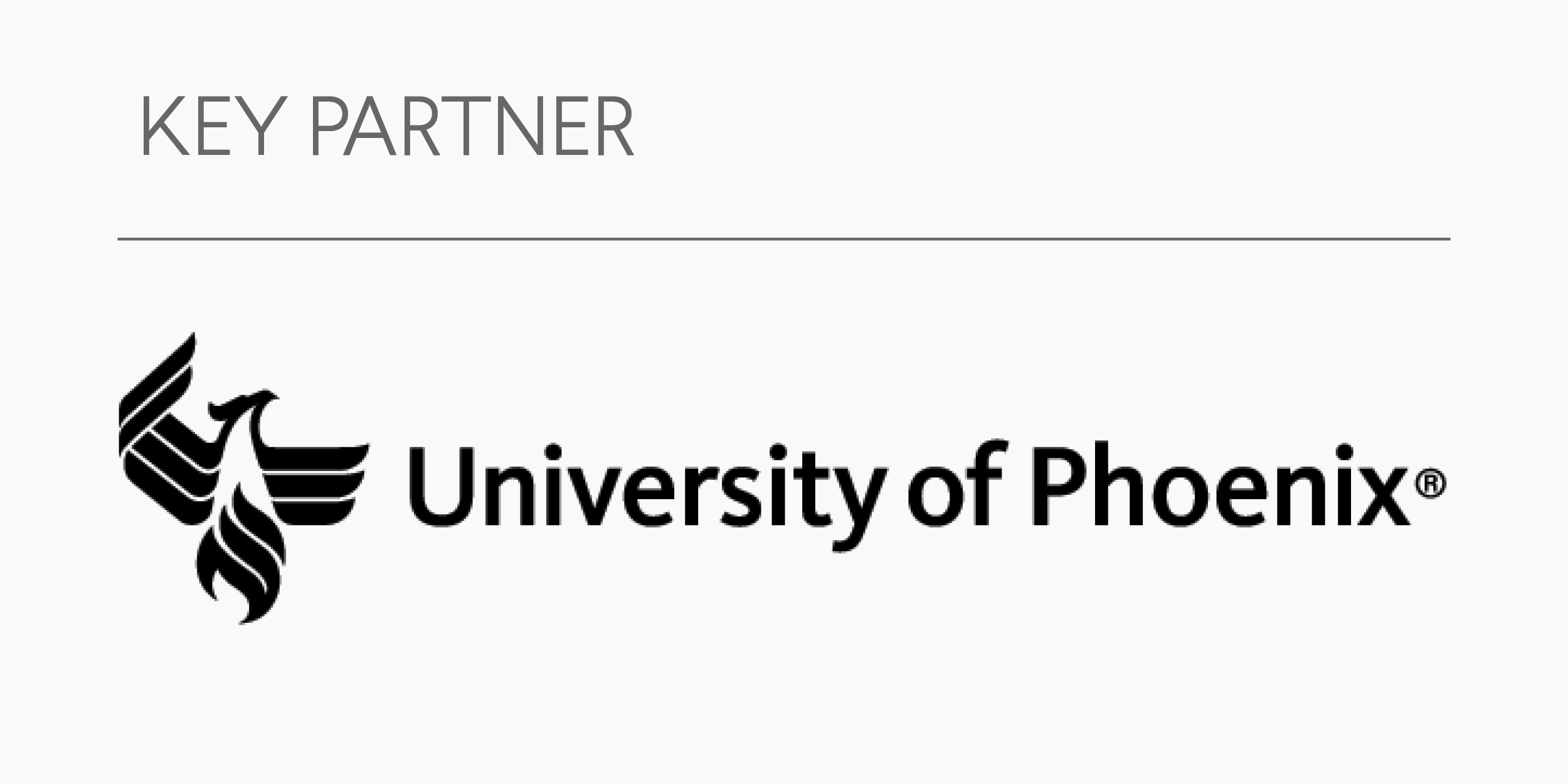
For Black learners and workers, who too often grapple with discriminatory systems and practices in education and the workplace, professional social capital can unlock opportunities for greater economic advancement and mobility, ultimately reducing the racial income, employment, advancement, and wealth gaps that hold our country back. That’s why, with support from University of Phoenix, Jobs for the Future (JFF) set out to map the landscape of programs specifically designed to help Black learners and workers build professional social capital.
In this market scan, we identify five elements that we believe the most innovative social capital development programs will and must incorporate to do this. We based our conclusions on in-depth research that included a dive into the history and context of professional social capital, a comprehensive look at the programs that are doing this work and the strategies they employ, and assessments of emerging trends and areas of opportunity.

Why It Matters
We found many organizations and programs that have taken initial steps: starting internship programs, offering students advice about using LinkedIn, encouraging learners and workers to think of all the people they know who could help them in their careers. We’re encouraged by this progress, but we also see a tremendous opportunity—and an unmet need.
For educational institutions, training providers, and employers, it’s no longer enough to treat social capital-building activities as nice-to haves or add-ons. We need—and Black learners and workers deserve—comprehensive, strategic, and scalable approaches that both offer participants the support and resources they need to take action, and ensure that the organizations themselves are creating the conditions needed for truly equitable economic advancement at the systems level.
Professional social capital is a critical ingredient in any effort to promote equitable economic advancement for the following reasons:
- Education and training alone are not enough.
- Black learners and workers lack access to opportunities to even begin building relationships that generate professional social capital.
- Black learners and workers often meet with generalized assumptions about whether they “fit” in the workplaces or educational programs they’re part of.
Five Key Strategies
Building professional social capital should be part of a holistic approach to supporting learners and workers that’s woven into postsecondary curricula, programs run by community-based organizations, and employer policies. This will require more than one-off career fairs, static job boards that list openings but don’t connect jobseekers to career navigation or networking supports, or a few mentoring meetings for new employees. Our research shows that while learners and workers are continually meeting people and expanding their networks throughout their education and career journeys, they aren’t necessarily learning how to activate and mobilize those resources.

In the scan, we present a map of the market of organizations that are engaged in professional social capital initiatives, breaking the field down into the following five categories based on the strategies the organizations employ and the activities they engage in:
Elevating Current Assets
Building
Relationships
Making Connections and Introductions
Career Onboarding
Continuous Learning Journey
We offer detailed descriptions about the categories with which the programs align, and present a look at the criteria we used to identify high-quality and forward-leaning strategies.
1. Elevating Current Assets
Programs that embrace this strategy start the process of helping learners and workers build professional social capital by focusing on participants’ strengths, rather than calling attention to what they might lack. Here’s a look at the types of activities that programs use to help learners and workers elevate their current assets:
- Self-assessments. Activities such as network mapping exercises can help learners and workers better understand what a professional social network is and the benefits such a network might offer.
“Self-assessments can not only identify existing or latent assets in people's lives, but also normalize the concept of networking and elevate their prior experience in network building and mobilization.” Julia Freeland Fisher, director of education research at the Clayton Christensen Institute
- Preparation for relationship building. Effective ways to prepare workers and learners to start making new professional connections include exercises in which participants practice telling other people about their skills and areas of expertise, lessons offering tips on how to approach new people or reach out to current connections to ask for introductions to others, and workshops that illustrate how communication styles differ depending on the platform and setting.
Quality Criteria
High-quality and forward-thinking programs will elevate learners’ and workers’ current assets. This strategy is very important, and we believe that all programs supporting learners and workers to build professional social capital should adopt it.
2. Building Relationships
The goal of programs that emphasize the importance of building relationships is to connect learners and workers to people with whom they can have sustained, supportive relationships. Here’s a look at the types of activities that programs use to help workers and learners build relationships:
- Mentoring. Mentoring programs should emphasize the two-way learning that can happen between mentor and mentee, and set clear expectations and boundaries about what each party can hope to get out of the relationship.
- Sponsoring. Unlike mentors, sponsors actively position colleagues for advancement within an organization.
“A sponsor roots for you and your career development. A sponsor makes sure that you are ‘on the radar’ and that other decision-makers know your name.” Maggie Wooll, Managing Editor, BetterUp
- Coaching and training. The focus of coaching and training strategies is on the how: how to build, maintain, and activate networks.
- Peer cohort experiences: Connecting with, learning from, and supporting one’s peers—especially in a close-knit, longer-term cohort experience—can be an effective way to access an ongoing stream of introductions and connections to job opportunities.
Quality Criteria
High-quality and forward-thinking programs provide learners and workers with opportunities to connect with others across both lines of sameness and lines of difference.
3. Making Connections and Introductions
The goal of facilitating connections and introductions is to help learners and workers meet people who can assist them with specific immediate needs, not necessarily to establish long-term relationships—although introductions focused on short-term goals could certainly lead to long-term relationships.
Here’s a look at the types of activities programs use to create opportunities for workers and learners to make professional connections:
- Informational interviews: Less formal than traditional job interviews, these types of conversations can be valuable opportunities for learners and workers to learn about professions or industries as they explore their career options.
- Employer introductions: Introducing learners and workers to key people at organizations where they might be interested in working can be beneficial for a number of reasons.
- Networking: The goal of programs that facilitate networking is simple: to help workers and learners build professional social capital by giving them opportunities to meet other people who can offer insights about career options or connect them with job opportunities.
Quality Criteria
High-quality and forward-thinking programs do the following:
- Take a step beyond the basics of meeting people and gathering information to introduce learners and workers to the how of professional social capital building—how to build, activate, and maintain networks.
- Provide participants with time and space to actively engage in the process of making connections. Instead of just explaining activities for participants to try later, facilitators in these programs stop and encourage learners and workers to do things in real time.
4. Career Onboarding
The goal of activities related to career onboarding is to help learners and workers connect to the next steps in their career journeys, and to do so in a way that sets them up for success. It also involves connecting that next step to the rest of the journey and ensuring that it matches the individual’s needs in terms of pay, scheduling, and supports. Here’s a look at the types of activities that programs could use to facilitate career onboarding for workers and learners:
- Career navigation, exploration, and research: These activities offer learners and workers opportunities to explore and think about career pathways that might interest them and identify which of their skills are aligned with pathways of interest.
- Intentional connection and onboarding to jobs: It’s important to ensure learners and workers have access to job postings. It’s equally as important to ensure that during their onboarding, new employees are thoughtfully introduced to coworkers, apprised of the knowledge their positions require, made aware of their new organizations’ cultural norms, and given an opportunity to explore their individual career and learning goals.
Quality Criteria
High-quality and forward-thinking programs do the following:
- Take a step beyond the basics of meeting people and gathering information to introduce learners and workers to the how of professional social capital building—how to build, activate, and maintain networks.
- Provide participants with time and space to actively engage in the process of making connections. Instead of just explaining activities for participants to try later, facilitators in these programs stop and encourage learners and workers to do things in real time.
- Work-based learning: JFF's Work-Based Learning Glossary defines work-based learning as:
“An approach to training in which a student or worker completes meaningful tasks in the workplace. Such programs are designed to prepare participants for full-time work and help them acquire the knowledge and skills they need to enter or advance in particular career fields.” JFF's Center for Apprenticeship and Work-Based Learning
5. Continuous Learning Journey
It’s essential to provide people with skills and strategies that enable them to continue building and activating professional social capital throughout their lives so that they will always benefit from their networks and relationships—and the information and resources they offer—no matter where they are in their career and learning journeys. Here’s a look at topics programs could emphasize in activities designed to help workers and learners make a lifelong habit of building professional social capital:
- Opportunities to pay it forward: Programs can help young workers and learners understand that serving as a professional social capital resource for others will benefit their communities and help them gain confidence and improve their own skills at the same time.
- The value of continuous improvement: Learners and workers should assess the health of their professional social capital by tracking data points such as the frequency and quality of interactions with people in their networks and the outcomes of relationships.
- The importance of maintaining relationships and networks: If learners and workers actively maintain their own networks, they will be better able to help others build professional social capital.
Quality Criteria
High-quality and forward-thinking programs provide ongoing support for former participants by, for example, organizing and managing networks or communities of practice, distributing resources, and offering ongoing one-on-one coaching services—both to continue supporting learners and workers and to enable them to support others.
Innovators to Watch
We scanned the market made up of organizations and companies that offer programs and enact strategies designed to help people build professional social capital, gathering data on more than 200 programs and organizations, with a particular focus on those organizations serving Black learners and workers. In this scan, we profile 10 organizations that specifically position professional social capital as a core part of the learning and work experiences they provide.
Here are just a few of the key characteristics of our Innovators to Watch:


Half of the organizations were founded within the last 15 years, and three were founded in the past six years.

Eight of them are nonprofits.

They’re based in cities across the country—from coast to coast and north to south.
The organizations we highlight are just a few of the hundreds of organizations, institutions, and companies that offer supports to help learners and workers—and in particular Black learners and workers—build professional social capital as they prepare to enter and advance in the labor market.
Trends to Watch
In our research for this market scan, we reviewed more than 200 organizations throughout the learn and work ecosystem to see how they were building professional social capital, in particular for Black learners and workers. Here are some of the innovative strategies, tactics, and activities we are seeing at organizations that meet the moment:
- Helping people develop a sense of identity and hone their ability to tell stories about their journeys in their own words.
- Building new facilities so people can make connections with one another in person.
- Offering short-term training programs that include activities related to professional social capital.
- Aiming to have a positive impact on the communities they serve.
Recommendations for the Future
We believe that all programs must find the most effective ways to create conditions at the individual level, and control for conditions at the systems level, that help ensure that learners and workers can fully develop and readily activate their professional social capital. To get to a world in which professional social capital is equitably accessible to all, we offer the following recommendations for education, training, and career development programs.

To create the right conditions for building professional social capital at the individual level, programs should be human-centered, asset-based, and execution-oriented, and they should embody those qualities in the following ways:
- Human-centered: Programs should lay a strong foundation for individuals to engage authentically.
- Asset-based: Programs should elevate participants’ current relationships and resources, rather than only encouraging them to acquire new ones, and they should promote two-way learning between both parties in activities that pair less experienced individuals with more senior colleagues or advisors, such as mentors, coaches, or sponsors.
- Execution-oriented: Programs should work with learners and workers on how to develop and leverage professional social capital, rather than stopping at who and what they know.
To control systems-level conditions that either facilitate or restrict the development of professional social capital building, programs should be strategically-embedded, systems-enabled, and equitable, and they should express those qualities in the following ways:
- Strategically-embedded: Content related to professional social capital shouldn’t be isolated in one-off activities and lessons. It should be incorporated throughout the design of the program, and the importance of providing Black learners and workers with skills and strategies for building professional social capital should inform the program provider’s partnerships and advocacy work.
- Systems-enabled: Providers should build structures and processes into their programs that help them hold themselves accountable to their goals and visions.
- Equitable: Providers should deliberately create inclusive environments and disrupt implicit bias and structural racism.
All education, training, and workforce development programs should adopt strategies that make fostering professional social capital a core component of their missions. No longer can the need for professional social capital be neglected or merely implied or assumed.

Join Us
At Jobs for the Future, we believe that innovation and technology, in concert with continued transformation of traditional systems and policy change, can revolutionize the learn and work ecosystem and, in turn, the ways in which we all live, learn, and work.
In an approach outlined in our newly drafted framework to advance Black learners and workers, Achieving Black Economic Equity: A Purpose-Built Call to Action, JFF is partnering with stakeholders across the learn and work ecosystem to focus on two foundational priorities: disrupting persistent occupational segregation and developing innovative solutions to eradicate the longstanding Black-white wealth gap.
Additional Resources

Achieving Black Economic Equity
Eliminating the economic barriers facing Black Americans will require bold, race-conscious solutions that touch every facet of U.S. society.

What Will it Take to Undo the Tech Industry's Racial Equity Gaps?
Instead of being a great equalizer, higher education is leaving too many Black students behind.

Purpose-Built to Advance Equity
JFFLabs features solutions for Black advancement within tech careers, including a commitment to transforming the systems in which we all learn and work.


